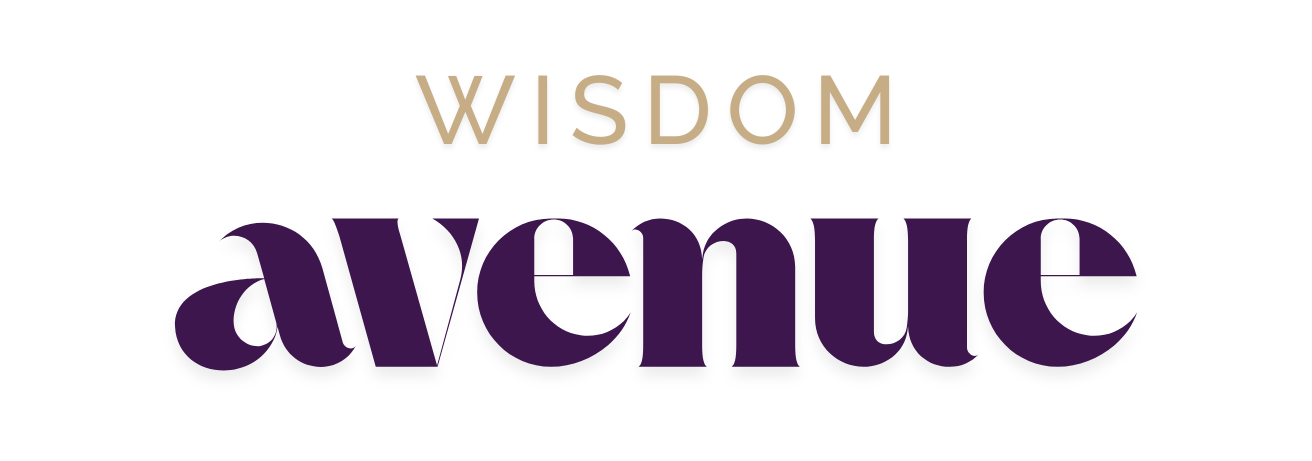Outline:
- Fairy Tales as Inner Maps
- Symbols, Archetypes, and the Psyche
- The Journey from Innocence to Awareness
- Lessons in Shadow, Resilience, and Transformation
- We Are All in a Story
- FAQs
Once upon a time. To a child, fairy tales are strange and thrilling stories filled with witches, castles, beasts, and magic. But to the adult who listens closely, they reveal something far more enduring: the shape of human experience. Beneath the fantasy, these tales are encoded with psychological truths. They are not just stories we read—they are stories we live. And if we learn to see them with new eyes, we discover they are mirrors of growth, fear, desire, and becoming.
Fairy Tales as Inner Maps
Fairy tales have endured for centuries not because of their happy endings, but because they speak in the language of the subconscious. Psychologists like Carl Jung and Bruno Bettelheim argued that fairy tales reflect the universal structure of inner development. Their landscapes—forests, towers, crossroads—are not just scenery. They are symbols of the human psyche, marking thresholds of transformation. We don’t just read about the heroine who loses her way—we become her. We wander with her into the woods of uncertainty, face the dragons of fear, and return home changed. Each tale is a quiet invitation: What part of this lives in you?
Symbols, Archetypes, and the Psyche
Classic fairy tales are rich with archetypes—recurring characters and motifs that represent different aspects of ourselves.
• The wicked stepmother often symbolizes the internalized voice of criticism or neglect.
• The forest is the unknown, a place of trial and potential.
• The beast or dragon represents fear, desire, or untamed emotion.
• The magic helper reflects intuition or hidden inner resources.
When Cinderella rises from the ashes, she embodies the soul reclaiming its worth. When the frog transforms into a prince, it speaks to the idea that what is rejected may hold hidden value.
These stories speak to children, yes—but in adulthood, they offer a deeper reflection of inner life. They help us understand the fears we carry, the parts we disown, and the resilience that grows when we move through challenge.
The Journey from Innocence to Awareness
At the heart of many fairy tales is the theme of leaving home—both literally and metaphorically. The child must step out of the familiar into a world of tests, uncertainty, and wonder. This mirrors a fundamental stage of human growth: the shift from dependence to self-realization. In Little Red Riding Hood, the girl ventures into the forest—naive, curious, and unaware of danger. The wolf is not just a threat; he is the shadow—the unintegrated part of self that must be faced. In Sleeping Beauty, the long sleep isn’t death—it’s a metaphor for emotional dormancy. The prick of the spindle represents the shock that awakens a deeper consciousness. Fairy tales do not promise ease. They promise awakening. The journey is often painful, but it leads to insight, strength, and transformation.
Lessons in Shadow, Resilience, and Transformation
Unlike modern stories, fairy tales rarely offer tidy resolutions. Yes, good often triumphs—but only after deep loss, struggle, or confrontation.
Why? Because the path to wholeness is not one of avoidance. It is one of facing the shadow.
In Beauty and the Beast, love is not found through comfort, but through looking past appearances, into what is feared or misunderstood.
In Hansel and Gretel, the children survive not because they are clever alone, but because they hold to hope even in the darkest woods.
These tales teach resilience not as toughness, but as the willingness to keep going—to adapt, to ask for help, to believe in light beyond the dark.
They remind us that inner growth is rarely loud. Often, it happens quietly, through small choices and courageous steps.
We Are All in a Story
Fairy tales endure because they speak a truth older than language:
- That to live is to journey.
- That we will be lost, and found, and lost again.
- That the dragons are real—but so are the wings.
You are not separate from these stories. You are made of them.
Each time you step into the unknown, trust your gut, face a fear, or forgive yourself—you are walking the same ancient path. So the next time you read a fairy tale, pause. Ask yourself not just what happens, but what it means. Because within these old tales lie maps for modern lives. And if you listen closely, they may just guide you home.
FAQs
1. Are fairy tales still relevant in today’s modern world?
Yes. Beneath the fantasy, they express timeless emotional and psychological truths that reflect our inner journeys—regardless of age or era.
2. Can fairy tales really help with self-understanding?
Absolutely. Many therapists and educators use fairy tales to explore archetypes, unresolved emotions, and personal narratives with clients and students.
3. How can I begin reflecting on fairy tales in a deeper way?
Choose a tale that resonates with you. Ask what each character might symbolize within yourself. Journaling about how the story mirrors your own life stages can open surprising insights.








